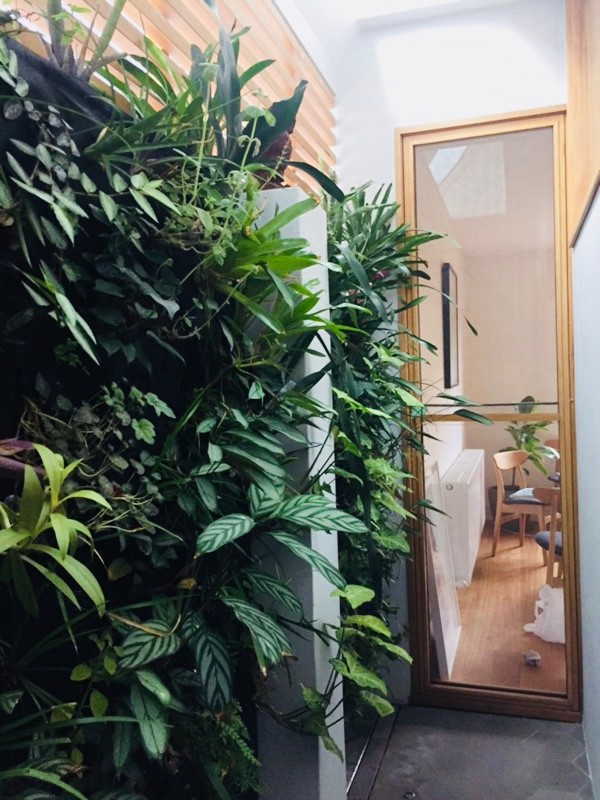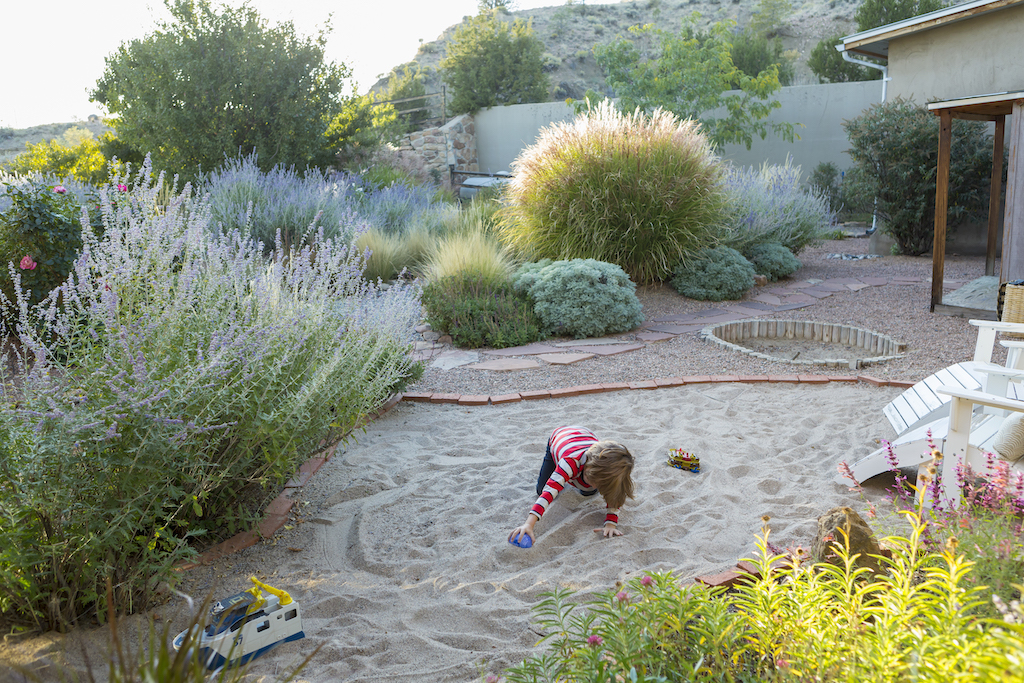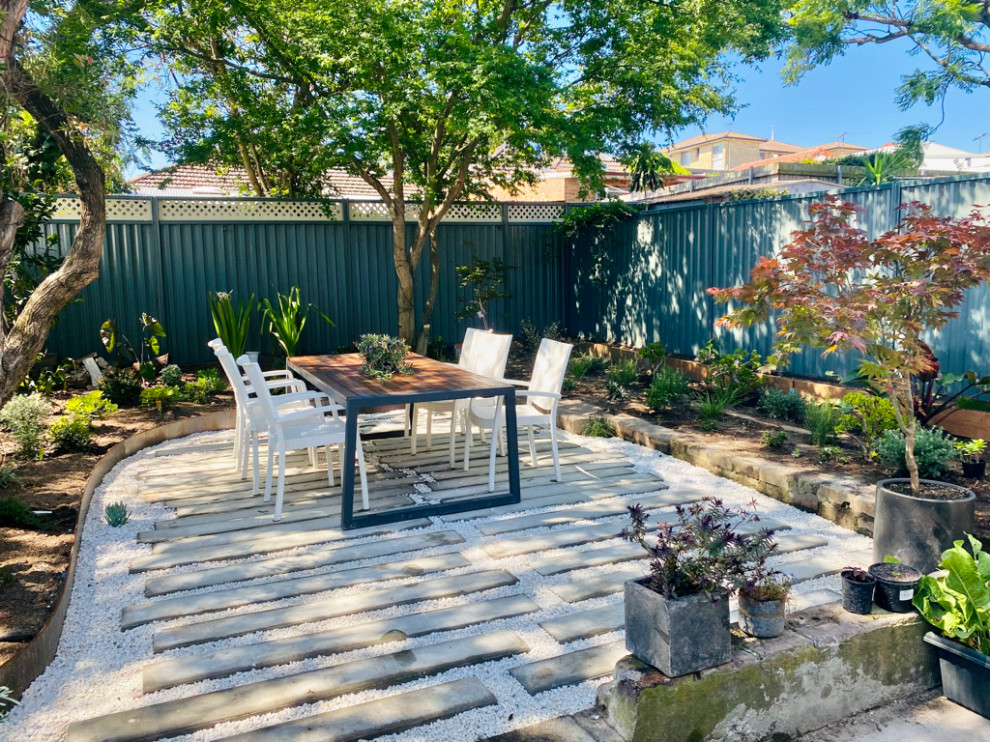So you are thinking of upgrading/ landscaping the garden, redesigning and or renovating?
Where to start planning a garden design or re design
The landscape is looking a little outdated, the maintenance is a chore, it has no diversity, it’s producing only weeds- Sound familiar?
Updating the design or plants of a garden can be simply the addition of a feature tree or a wall climber to hide an ugly fence, a new pot with an indoor plant or a calming water feature.
What is missing from your garden now could be the catalyst for your new beginning or landscape garden design/ renovation.
When designing or redesigning a garden, people need assistance to ensure they create a space that meets their needs and preferences.
Budget
How much money will it cost? Good question!
Having a price in mind will help your Garden Designer, Landscaper , Builder Horticulturist (and bank manager)
It will provide a scale and assist in the style and selection of plants
“Get the garden in as early as practicable and for every dollar spent on the green, you’ll see financial and lifestyle payback that’s the best on offer” …..Anthony Burke
You may want to start on the front yard and do the backyard later
Your budget may be limited and you have to start with small plants that will grow into the landscape
You may want to insert larger Trees and specimen plants to get them established before spending on the hard landscape
Get the ball rolling!
Remember this a good time to seek Horticultural advice…….An early start will benefit the outcome
Different Garden Styles
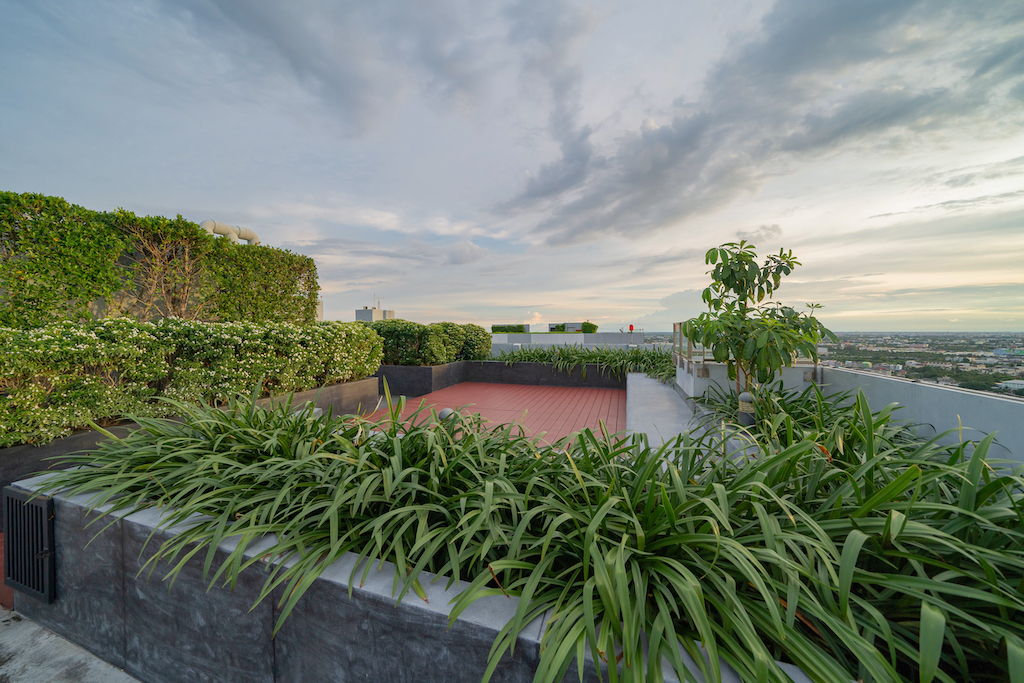 Rooftop Gardens
Rooftop Gardens
Rooftop gardens offer a serene oasis amidst urban landscapes, providing a haven for both flora and fauna. They mitigate the urban heat island effect by reducing temperatures and absorbing excess rainwater, thereby enhancing the environmental sustainability of cities. Additionally, rooftop gardens can serve as vibrant communal spaces, fostering community engagement and promoting a healthier lifestyle.
Vertical gardens, also known as green walls, offer innovative solutions for urban greening by utilising vertical space to cultivate plants. They can be constructed using a variety of materials such as living walls, modular systems, or trellises, allowing for customisation to suit different environments and aesthetic preferences. Beyond their aesthetic appeal, vertical gardens contribute to air purification, insulation, and biodiversity conservation, making them valuable additions to urban landscapes.
Balcony gardens
Balcony gardens transform compact outdoor spaces into lush green retreats, adding a touch of nature to urban living. With strategic placement of containers, hanging baskets, and vertical planters, balcony gardens maximise limited space, allowing for a diverse array of plants to flourish. These miniature oases not only provide a sanctuary for relaxation, but also offer opportunities for urban dwellers to connect with nature and cultivate their green thumbs, even in the midst of a bustling cityscape.
Formal gardens
Formal gardens exemplify meticulous design and structured elegance, often featuring symmetrical layouts and carefully manicured hedges. These gardens, popularised during the Renaissance era, prioritise geometric precision and balance, evoking a sense of order and refinement. With their ornate pathways, meticulously pruned topiaries, and intricate parterres, formal gardens remain timeless expressions of horticultural artistry and aristocratic grandeur.
Coastal gardens thrive in the unique microclimate of seaside environments, characterised by salty air, strong winds, and sandy soils. They often feature resilient plants like succulents, ornamental grasses, and salt-tolerant shrubs that can withstand the harsh coastal conditions. These gardens not only provide stunning ocean views but also contribute to coastal ecosystem preservation by stabilising dunes, preventing erosion, and providing habitat for coastal wildlife.
Courtyard gardens
Courtyard gardens offer intimate green spaces nestled within the heart of homes or buildings, providing a tranquil retreat from bustling urban life. They are often characterised by their enclosed nature, with walls or structures surrounding them, creating a sense of privacy and seclusion. Courtyard gardens can be creatively designed to maximise limited space, incorporating elements such as vertical gardens, water features, and cozy seating areas to enhance their aesthetic appeal and functionality.
Native gardens
Native gardens celebrate the natural beauty and biodiversity of a region by showcasing indigenous plants that have evolved to thrive in the local climate and soil conditions. These gardens play a crucial role in supporting local ecosystems, providing food and habitat for native wildlife while requiring minimal maintenance and water resources. By promoting biodiversity and reducing the need for pesticides and fertilisers, native gardens contribute to the overall health and resilience of the environment.
A contemporary garden embodies cutting-edge design principles, often integrating sleek lines, minimalist aesthetics, and innovative materials to create a modern outdoor space.
These gardens prioritise functionality and sustainability, incorporating features such as eco-friendly irrigation systems, energy-efficient lighting, and native plantings.
With a focus on clean, uncluttered spaces and bold architectural elements, contemporary gardens offer a sophisticated retreat that harmonises with contemporary architectural styles and urban lifestyles.
Meadow/English gardens
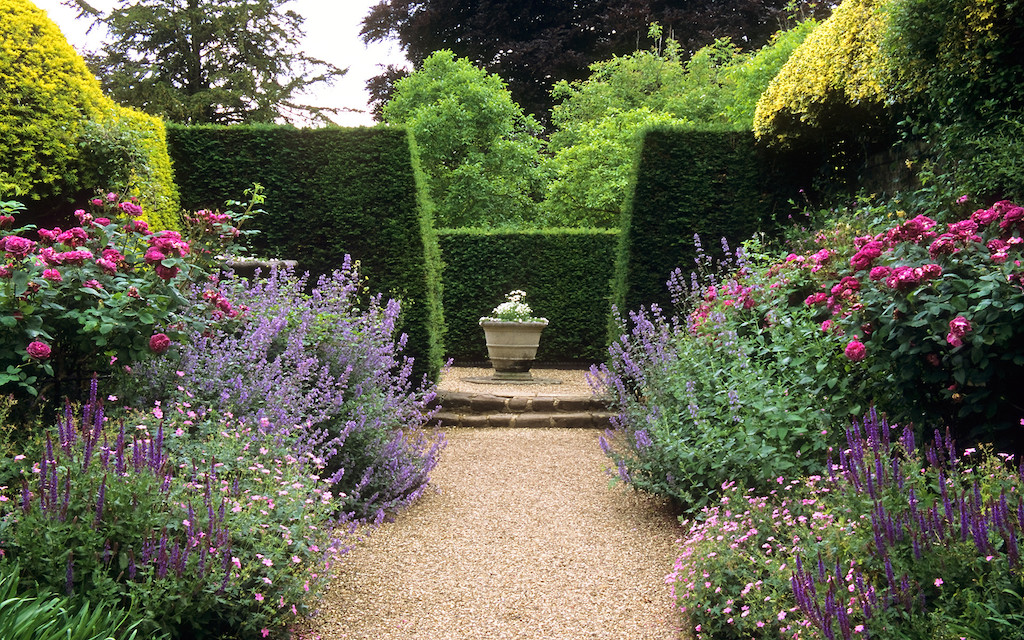 Meadow or English gardens evoke a sense of romanticism and nostalgia, characterised by their informal, naturalistic layouts and abundance of wildflowers and grasses.
Meadow or English gardens evoke a sense of romanticism and nostalgia, characterised by their informal, naturalistic layouts and abundance of wildflowers and grasses.
These gardens often feature winding pathways, gently rolling hills, and carefully curated plantings that mimic the idyllic beauty of the English countryside.
With their charmingly unkempt appearance and diverse array of flora, meadow and English gardens provide a haven for pollinators and wildlife while inviting visitors to wander and immerse themselves in nature’s tranquillity.
Country gardens
Country gardens exude a rustic charm, often reflecting the simplicity and authenticity of rural life. They typically feature a blend of functional elements such as vegetable patches and fruit trees alongside ornamental flowers and shrubs, creating a harmonious balance between utility and aesthetics. With their cozy, welcoming atmosphere and practical design, country gardens embody a timeless connection to the land and a celebration of rural traditions.
 Japanese Gardens
Japanese Gardens
Japanese Gardens are serene and meticulously designed landscapes that blend natural elements with carefully placed structures and features. Characterised by their harmonious compositions, these gardens often incorporate elements such as water features, bridges, rocks, and meticulously pruned plants. They serve as tranquil spaces for contemplation, reflection, and connection with nature, embodying principles of balance, simplicity, and reverence for the natural world.
Industrial Gardens
Industrial gardens represent a fusion of urban spaces with greenery, designed to soften the harshness of industrial environments. These gardens often feature hardy plants, recycled materials, and innovative irrigation systems, showcasing sustainability within industrial settings. They serve as not only aesthetic enhancements but also functional spaces for recreation, relaxation, and promoting biodiversity in urban areas.
Sunlight- What to consider when designing your garden
A good knowledge of the sunlight (or lack of) in your space will help with the style and plant selection.
The sun is our source of energy and plants as well, morning sun is full of infrared and afternoon is often harsher and dries out the landscape.
Remember in winter the sun is lower. If there is lack of sunlight your selection of plants or garden style will change.
I have witnessed the disappointment of failed gardens due to lack of sunlight, it can be soul destroying.
Water- How to plan your garden for maximum efficiency
The dams may be full now, but will your garden survive with water restrictions?
Irrigation is essential when you have paid good money for advanced stock, you don’t want to be replacing plants that have died simply due to lack of water.
Gardens need to be able to be resilient and careful selection of plants will contribute to reducing the need for constant watering. Water can be incorporated in the garden as a water feature pool or even a bird bath.
Issues to address
Design for maintenance:
If you have plenty of time on your hands and enjoy the outdoors you will probably want a garden style that will keep you busy and fit, that is great but if you are time and money poor a garden full of sculptured hedges and English meadows will become a money pit.
No garden is no maintenance, but can be low maintenance.
Roof gardens need to checked regularly for drainage and county gardens may have to fenced form marauding wildlife.
Buildings can spring up and change the lighting requirement in your garden or from your neighbours space.
Trees will grow and take up garden space and sunlight, take these into consideration.
Gecko Plantscapes provides expert garden design and horticultural solutions to the problems experienced in the gardens of Sydney and surrounds
From gardens that are failing too thrive, watering systems that don’t water correctly or well, to plants don’t perform well in your garden
Get the best out of your natural spaces and enjoy the outdoors.
Call Robbie on M: 0412 131 362
Or Fill in the Contact form for your all your Garden or Landscape Designs, Consultations, Garden Renovations, Plant Selection and Irrigation/ Watering System needs!
Read more about my work on my Houzz profile
